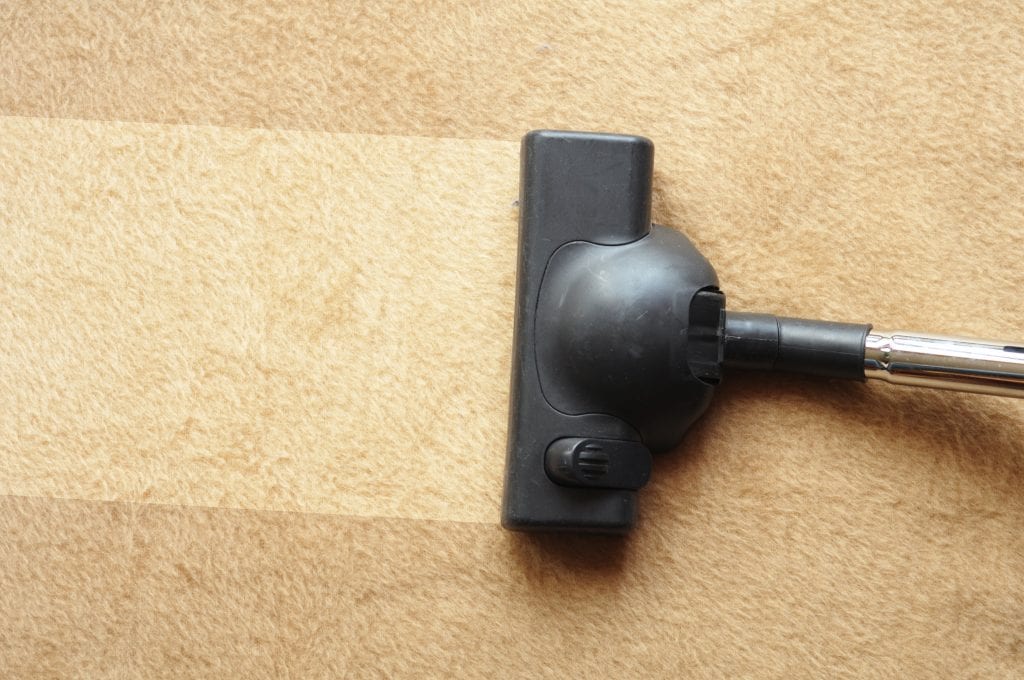As a renter, you’re likely familiar with the phrase “normal wear and tear.” If you don’t have a detailed understanding of what this description entails, you may not only lose part or all of your deposit but also have the potential to face significant fees and penalties. Also, when you’re shopping for a new apartment home, it’s helpful to know what repairs to include in your walkthrough checklist.
Expected levels of wear and tear
Let’s clarify with a definition and examples. “Normal” wear and tear is the physical breakdown of property resulting from someone using it as intended. And, for this type of use, the property’s owner (i.e., landlord) can’t penalize the user (i.e., renter). Examples of normal wear and tear include:
- Faded wall paint
- Modest traffic wear to carpet
- Furniture impressions on the carpet
- Faded or worn curtains
- Walls dings behind doors without door stops
- Broken plumbing pipes or drains (unless due to improper use)
- Worn hinges on doors and locks
- Dirty or dusty blinds
- General dust throughout
Though not a comprehensive list, it’s a good starting place when looking at potential wear and tear your landlord or property manager expects to see. Anything going beyond these expectations may be considered damage.
Damages beyond wear and tear
While it’s likely the owner of your property may not be picky and may place even more excusable damages on the list above, it’s best to err on the side of caution. Anything that goes beyond regular expectations will be considered damages. The way to resolve damages depends on the situation. The following is a list of damages that, if left behind, could result in a financial penalty, either against your deposit or as an additional cost.
- Holes in the walls (nail holes or other)
- Carpet tears and wearing that goes beyond expected traffic
- Animal stains (even if the owner is aware)
- Burn marks from irons, cigarettes, hot plates, etc.
- Doors and windows that are broken or have holes or cracks
- Broken or missing blinds or window coverings
- Clogged drains due to misuse
- Broken furniture or shelving (if applicable)
- Excessive bathroom mildew
- Excessive dirt or mess throughout
- Burned out lightbulbs
- Inoperable fire/carbon monoxide detectors
The best recommendation the expert property managers at Class A Management give is to read all tenant policies, paying special attention to wear and tear descriptions.
Take time to understand policies
For the properties we manage, for example, this is where we identify the damage for which we will hold renters accountable. By carefully reading and understanding the policies and rules associated with the property where you live, you can avoid incurring extra fees for damages. Once you know the property expectations, protect yourself by caring for the property you rent.
For more information and to learn more about the properties managed by Class A Management, contact us at 817-295-5959 or info@classamgmt.com.

